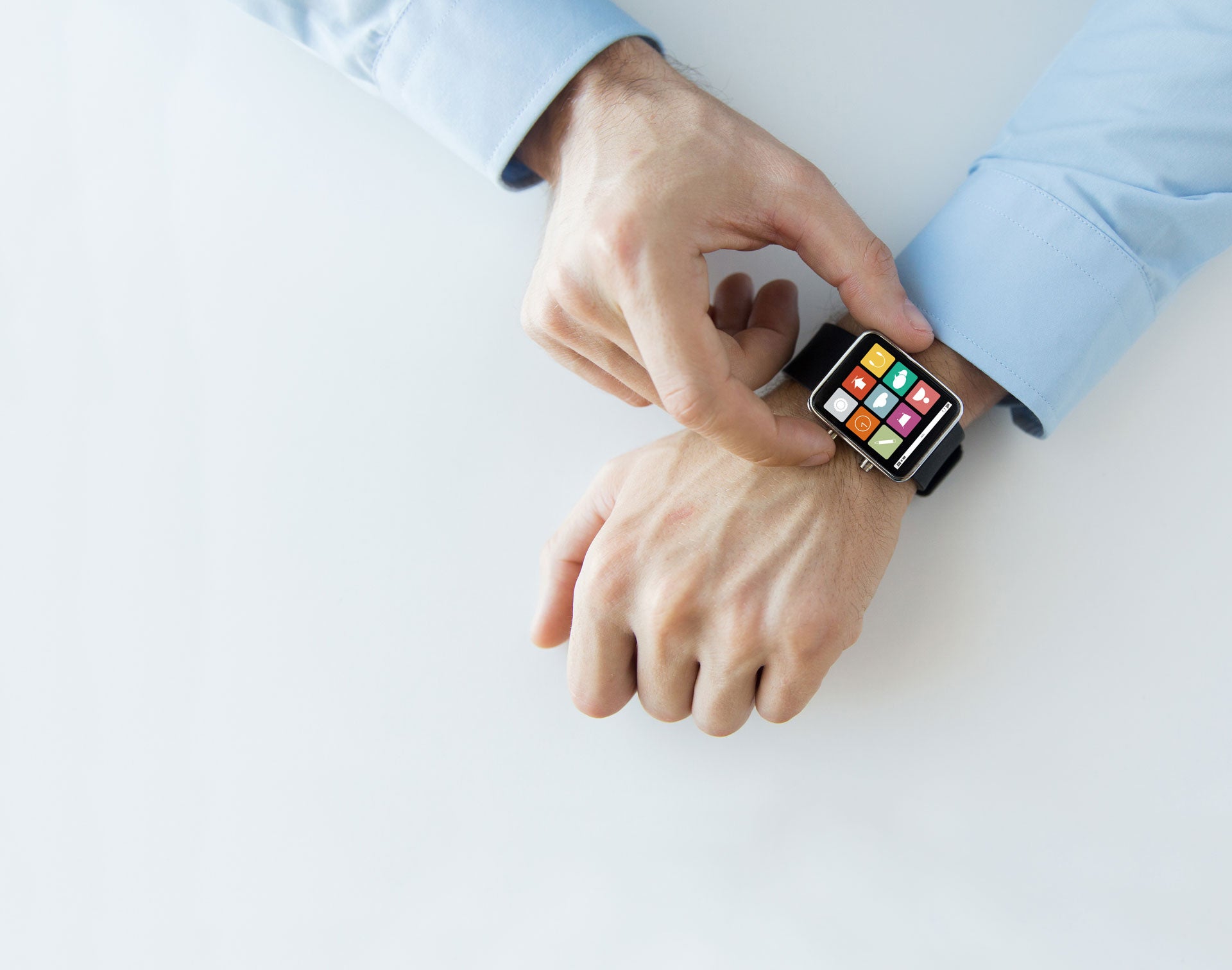
A few years ago, the hype surrounding the wearable technology industry was deafening. From smart rings to fitness trackers, companies were launching wearables for every conceivable application, and a bursting bubble became inevitable.
And burst it did. Many companies developing niche wearables folded, while others were forced to re-think their strategies completely. Tech news sites moved onto newer, more exciting products and ideas, and the wearable technology industry retreated from our collective mindshare.
But according to reports published this week, the wearable technology industry hasn’t contracted in the way its media coverage has: quite the opposite.
It has grown dramatically into what research and consultancy provider IDTechEx describes as “one of the most consistently successful markets around consumer electronics in the last five years”.
According to IDTechEx’s report, Wearable Technology Forecasts 2019-2029, the total market size of the wearable technology industry has doubled since 2014, with wearable tech products worth over $50bn in 2019.
How the wearable technology industry became a consumer electronics heavyweight
According to IDTechEx’s research, growth in the wearables industry did correspond with the hype. Between 2014 and 2015, when wearable technology hype was at its apex, the industry saw its peak growth rate of 36%.
How well do you really know your competitors?
Access the most comprehensive Company Profiles on the market, powered by GlobalData. Save hours of research. Gain competitive edge.

Thank you!
Your download email will arrive shortly
Not ready to buy yet? Download a free sample
We are confident about the unique quality of our Company Profiles. However, we want you to make the most beneficial decision for your business, so we offer a free sample that you can download by submitting the below form
By GlobalDataBut after the hype vanished, the industry continued to grow at between 10-20% each year, producing a strong and consistently reliable industry.
The reason for this is, according to IDTechEx, that growth has been concentrated in a relatively small number of areas, where there are strong use cases for the products or consumer backing has remained significant.
On the consumer side, this includes smartwatches, headphones and augmented and virtual reality headsets, all of which have improved significantly over the past few years, and which are generally thought of in their own terms and not as simply a type of wearable.
However, consumer products alone have not driven this strong growth: the medical industry has also played a significant role, particularly with advances in hearing aids and continuous glucose monitoring devices.
The role of healthcare in wearables’ success
Although less headline-grabbing, wearables have seen steady success in healthcare over the past few years, and according to research published this week by GlobalData that is set to continue.
In a report entitled Wearable Technology in Healthcare – Thematic Research, GlobalData has found that investment in wearable tech is increasingly being treated by a priority for healthcare organisations and networks.
This is driven by the changing patient landscape – particularly ageing populations and the increase in chronic diseases – and how healthcare providers respond. This change has increased costs, but regular monitoring of conditions with wearables can reduce the need to responsive treatment, and so make healthcare more affordable.
As a result, GlobalData anticipates significant growth in the healthcare segment of the wearable technology industry over the next few years, rising from $23bn in 2018 to $54bn in 2023.
“A prominent shift is expected for wearable technology devices from the health and fitness segment, such as data storage and tracking devices, to using the technology for remote patient monitoring and big data applications,” said Roxanne Balfe, digital healthcare analyst at GlobalData.
“Within five to ten years, it is expected that these devices in healthcare will become more disease-specific with therapeutic and diagnostic capabilities that will ultimately lower costs and increase efficiencies, moving towards a preventative model of healthcare.”
Read more: Wearable technology could be used to fight depression


